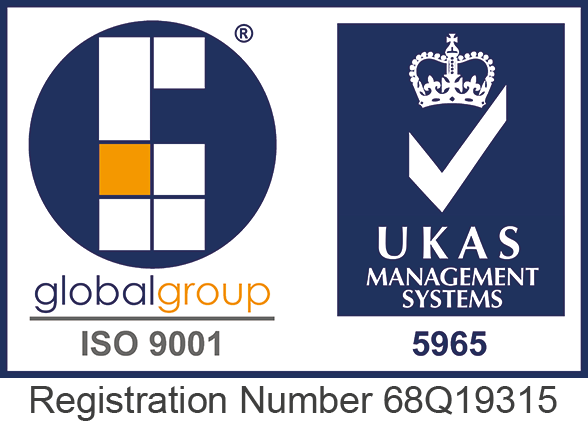The work is done by the electronic learning team, plus the expert in the target domain of the course, and it’s done in two stages:
Phase 1: A model of what to be submitted
General information:
Which include: course title, code, and objectives (expected outcomes), the number of units, evaluation mechanism, number of in-class meetings and computer room meetings, the name of the course teacher, and a general forum for inquiries.
Specific information on each unit or each week:
- The unit’s general and specific objectives (expected outcomes).
- The main activities to achieve each objective , e.g. (reading material, presentations, PowerPoint presentations , videos or recordings, pictures, links for watching , listening ,or reading, or an electronic book).
- The method of the activity; group work, pair work, individual work… etc.
- The mechanism of evaluation (formative evaluation) such as participating in a forum, assignment, project, presentation, written essay or, a quiz.
The evaluation can be done to measure the achievement of one objective or a group of objectives. - Guidelines for the Students.
Phase 2: The steps of designing the course
Design stages: ADDIE
The process of designing a course goes through the following stages:
- Analysis: This includes the determination of the objectives and the content, the study of features of the learners, and the identification of the possible learning environment.
- Design: of the schematic content, this includes: the determination of the educational objectives and the teaching and learning methods, putting the content in an ascending order according to their difficulty, and the determination of evaluation methods.
- Development: composing the content according to what was decided in the design stage, and that includes: collecting and producing pictures, videos, interactive exercises, and individual exercises.
- Implementation: uploading the course on MOODLE.
- Evaluation: evaluating the degree of efficiency and quality of the course, both internally and externally.
Remember the following standards for the quality of electronic courses:
- When designing a course, rely on the objectives not on the content.
- Mention the educational objectives in the beginning of each learning object.
- Add self-tests at the end of each learning object.
- Use sounds and videos when needed.
- Activate collaboration by suggesting some discussion topics in the forum.

